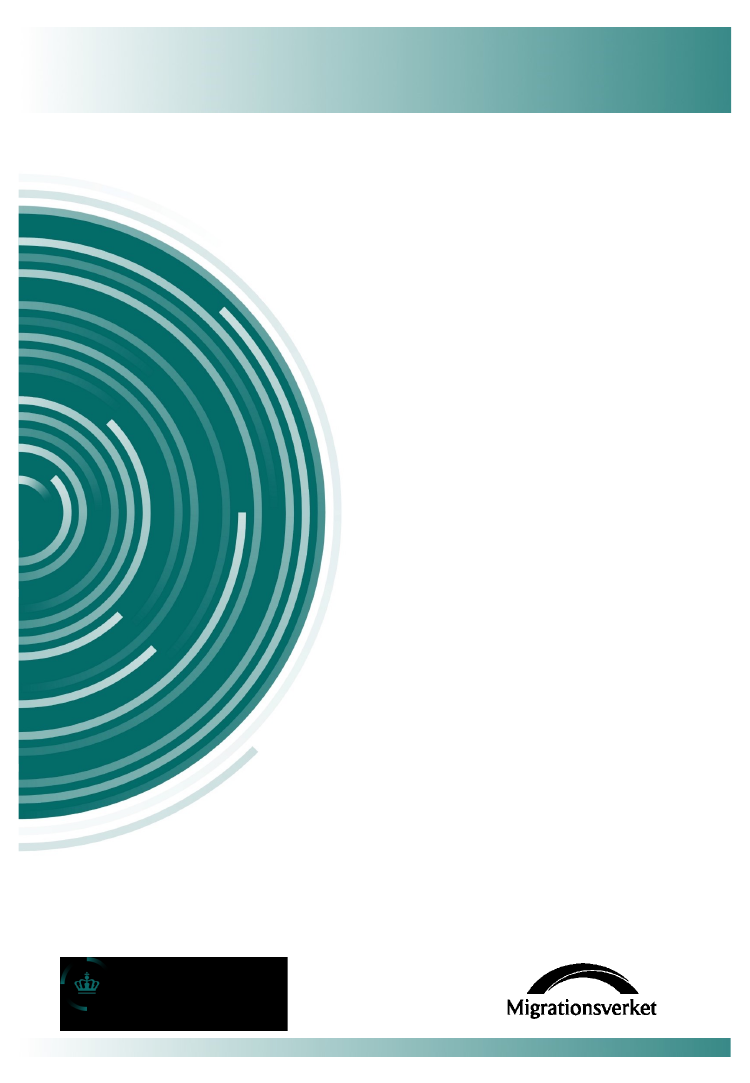
COUNTRY OF ORIGIN INFORMATION (COI)
THEMATIC COI REPORT
Udlændinge- og Integrationsudvalget 2024-25
UUI Alm.del - Bilag 60
Offentligt
January 2025
Security situation in North and East
Syria before the downfall of the
Assad government
us.dk – migrationsverket.se